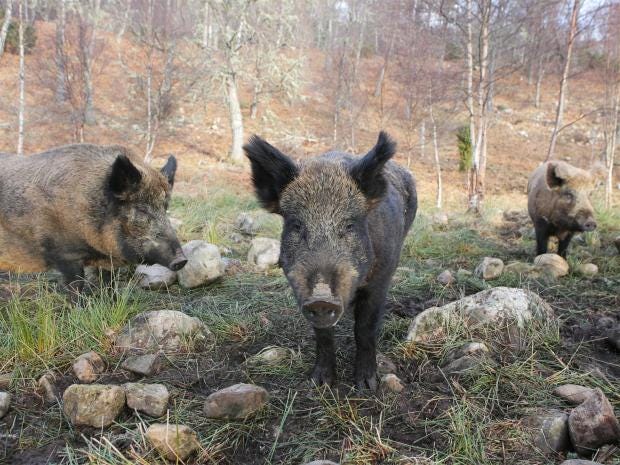
A wild boar has been shot and killed after being found with radiation levels more than ten times the safe limit.
The boar was found in central Sweden and is thought to have high
radiation due to living in an area still largely affected by nuclear
fallout from the Chernobyl disaster, 31 years ago.
Other animals such as elk and reindeer have also been affected but the radiation levels in boar are reportedly increasing.
Following the explosion at the reactor, in what is now Ukraine, much
of Sweden was covered in a toxic cloud of radioactive iodine and
caesium-137.
Rain from the cloud then polluted the area of Gävle in the centre-east of the country with radiation.
According to The Local,
the level among wild boar are on the increase as they are moving to the
north of the country to areas worst affected by the fallout.
A boar shot in August had a radiation of 13,000 becquerel per
kilogram (Bq/kg), whereas the limit set by Sweden’s Food Agency is 1,500
Bq/kg.
Data: 06.10.2017
Fonte: www.independent.co.uk



















Nessun commento:
Posta un commento